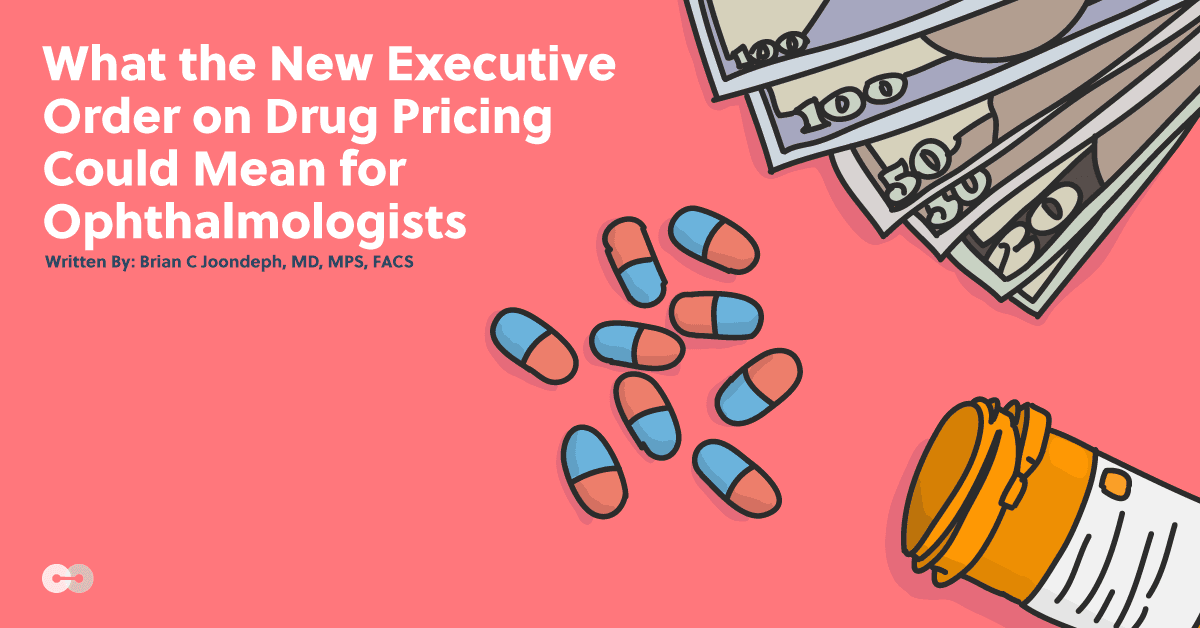Soaring prescription drug prices are a campaign issue for those running for office, whether Congress or the White House, regardless of their political party. Yet many of those same politicians, upon assuming elected office, promptly forget about this former campaign promise.
President Trump recently signed four executive orders according to the White House website, “which together will significantly lower the cost of prescription drugs while increasing access to life-saving medications such as insulin.” Let’s look at those orders.
One directs federally qualified health centers to pass along massive discounts on insulin and epinephrine to low-income individuals.
Two allows the safe and legal importation of prescription drugs from Canada and other countries where the price for those drugs is lower.
Three ensures that any deals and discounts between drug manufacturers and pharmacy benefit managers pass on to consumers rather than pharma or insurance companies.
Four sets the US price for Medicare Part B drugs at the lowest price available among other economically advanced countries so the US isn’t paying sticker price while other countries receive deep discounts.
2018 saw the largest annual price decrease for prescription drugs and Trump’s executive orders are designed to take these price cuts a few steps further.
Despite these orders, don’t expect to see lower drug prices next week. Bureaucracies move slowly, particularly those of the government. Regulations must be finalized and implemented, often taking months, and sometimes never reaching fruition.
How does the executive order impact ophthalmology?
Primarily through the cost of Medicare Part B drugs administered for age-related macular degeneration and diabetic retinopathy.
Medicare covers 80% of the cost of these drugs, priced at $1,950 per injection for Lucentis, and $1,850 for Eylea. For patients without supplemental coverage, their monthly copayment is approximately $400 per injection, often each month, and in some cases for both eyes.
These two drugs, along with Avastin, are all among the top ten drugs for the most Medicare Part B drug spending, well north of a billion dollars per year each. Lucentis and Eylea account for 12% of the annual Medicare Part B drug budget.
According to the US Department of Health and Human Services, “The prices charged by drug manufacturers to wholesalers and distributors in the United States are 1.8 times higher than in other countries.” In other words, Medicare is paying twice as much as it would for the same drugs in other countries.
For most American patients with a Medicare supplement, the copayment is moot but for those responsible for the 20% copayment, a low drug price translates to a smaller copayment. What if Lucentis drops to $1,100 per dose, the retail price in the UK? Not only would Medicare save, but patients would as well, with their copayment dropping in half.
For ophthalmologists, however, such a drop means a lower reimbursement for the drug. Providers are reimbursed the average sales price plus 6%, but in actuality closer to 4% based on budget sequestration. While one might call this “profit,” it is an administrative expense.
This cost includes insurance preauthorization, copay assistance, ordering, inventory control, transporting the drug between offices, tracking and record-keeping, and billing with appeals if necessary. If a dose is misplaced or not reimbursed, the ophthalmologist loses out, requiring up to 100 future injections to make up for that loss.
A lower drug price, for example paying the UK cost of Lucentis at half the current price, means physician reimbursement drops in half. But the administrative work for these expensive drugs remains the same and ophthalmologists could quickly find that they are breaking even or even losing money treating their patients with expensive branded drugs.
Pharmaceutical companies also stand to lose as a lower price means less return on their investment to bring a new drug to market. The Tufts Center for the Study of Drug Development estimates the research and development cost for a new approved prescription medicine at $2.6 billion with an approval success rate of just 12%.
Given that Lucentis and Eylea were both developed in America, like most other similar drugs, the higher prices in America provide a return on investment for pharmaceutical companies. A 12% approval rate means that 88% of drug approvals fail at some point during the FDA approval process. Money spent on failed drugs cannot be recouped other than through some future drug earning approval.
Drug profit is necessary to keep research and development alive, and provide seed money for future drug development, also with a high bar for ultimate success and approval. Cutting drug profit chokes the engine of drug development.
If the FDA relaxes its approval requirements then safety may be sacrificed. Such is the nature of capitalism—risk must be rewarded, or no one will take the financial risk of trying to develop the next generation of drugs.
Although President Trump’s executive orders aimed at making prescription drugs more affordable is a welcome step in the right direction, there are implications and unintended consequences beyond simply fulfilling a campaign issue.
